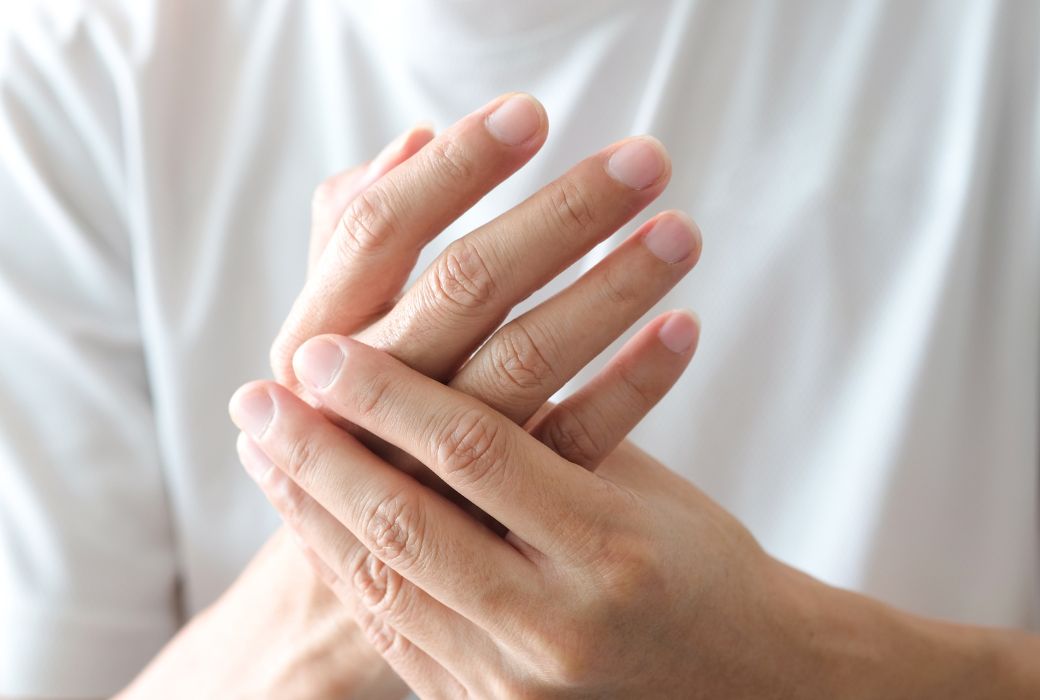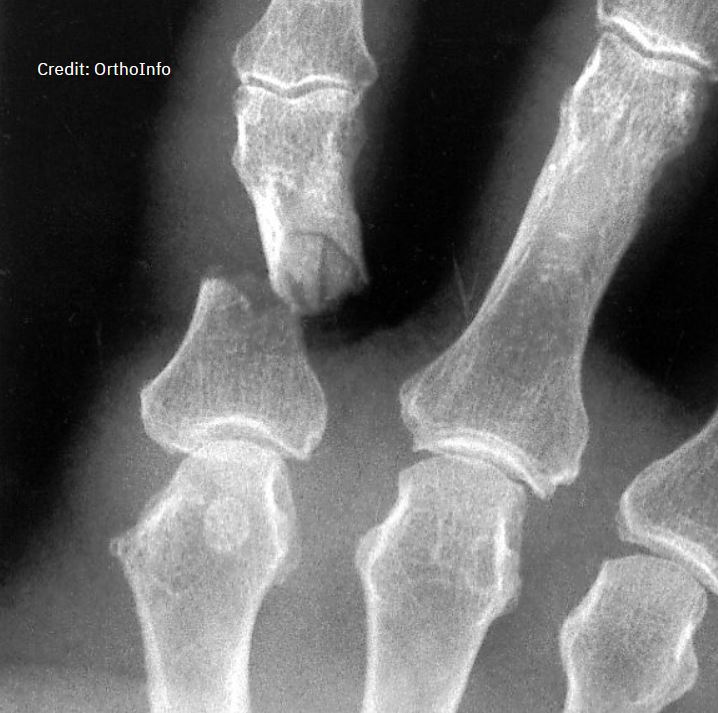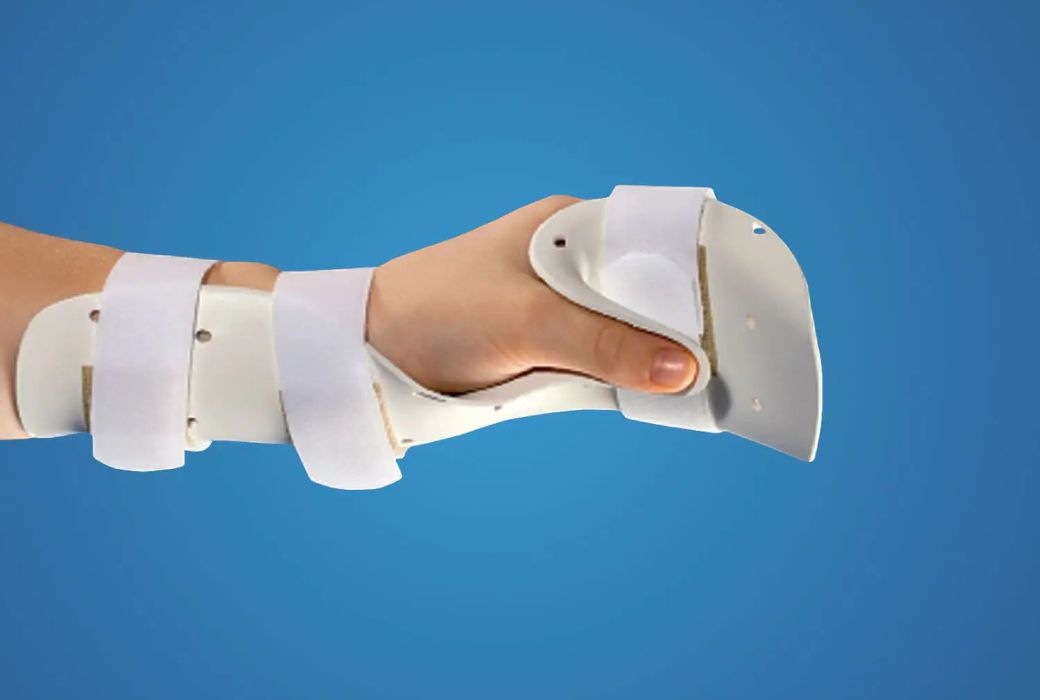
Hand Fracture Treatment
Book AppointmentFractures of the hand can occur as a result of a twisting injury, a fall, a crush injury, or direct contact in sports. It can occur in the small bones of the fingers (phalanges) or the long bones (metacarpals).

Following a fracture there is usually;
- Swelling
- Pain
- short finger with deformity
- Inability to move the finger
- Finger crossing over other fingers when making a partial fist
- Less prominent or obvious knuckle
Diagnosis
A clinical examination usually detects the site of the injury. This includes assessment of all the skin, bones, nerves and tendons in the hand. An X-ray is required to identify the location and extent of the hand fracture. If there is a break in the skin with bleeding it indicates an open fracture which is a more severe injury and urgent medical review is required.

Nonsurgical Treatment
Most of the time, hand fracture treatment involves the bones being realigned by manipulating them under local anaesthetic without surgery. There may be cast, splint or fracture-brace application to immobilise the bones and hold them in place. The cast may extend from the fingertips down past the wrist almost to the elbow to stabilise the fracture.
A second set of X-rays at one week later will be arranged in the clinic to ensure that the bones have remained in the proper position.
The cast will be worn for three to six weeks depending on the bone that is fractured. Gentle hand exercises can be started after three weeks in most cases. There may be a slight shortening of the finger when everything has healed, but this should not affect the ability to use the hand and fingers.

Surgical Treatment
Some displaced hand fractures require surgery to stabilise and align the bones. These fractures usually break through the skin and are as a result of a crushing or forceful accident. Wires, screws, or plates may be inserted during surgery into the broken bone to hold the pieces of the fractured bone in place.
After the bone has healed the wires may need to be removed. Plates and screws are not usually removed unless they cause problems with the tendons.
Follow up appointments during recovery period will be made to assess the recovery and detect any complications such as joint stiffness (from long immobilisation or lack of exercise) and tendon irritations.
Guided exercises can help restore strength and range of motion and regular hand therapy appointments will be arranged to help with this.
Book an appointment
Please use this form if you are interested in booking an appointment. We do not give general medical advice over email.
